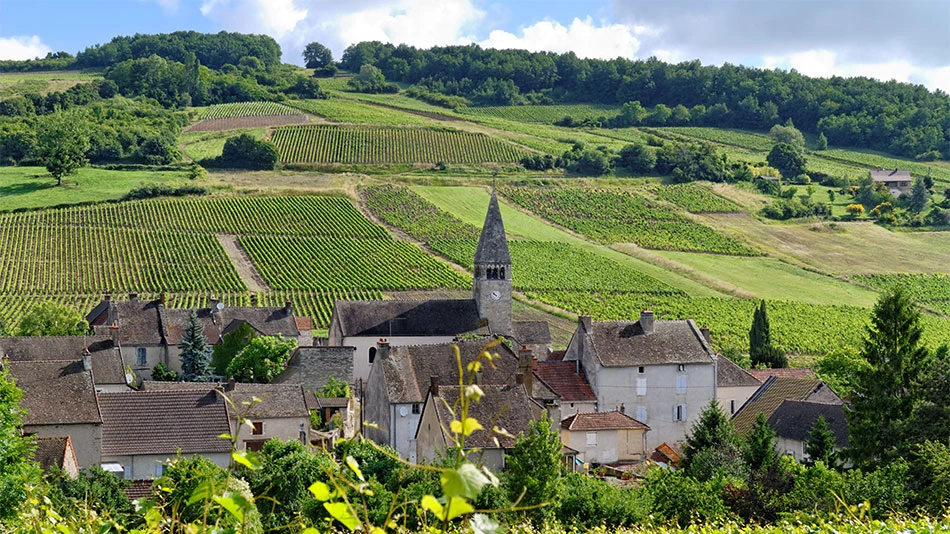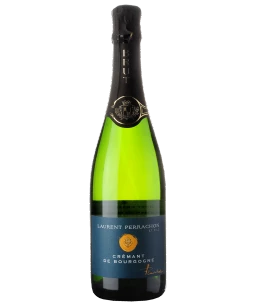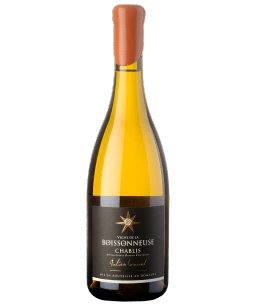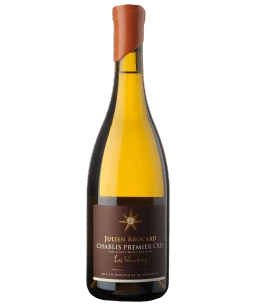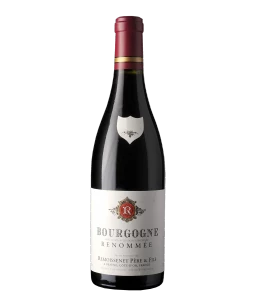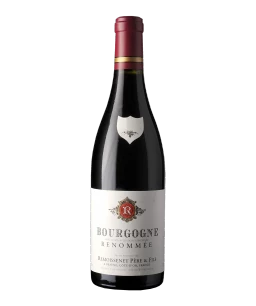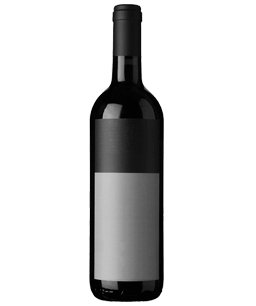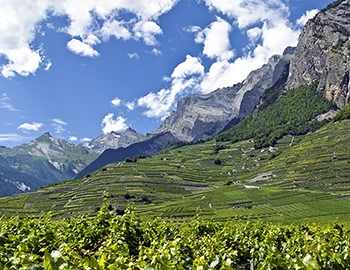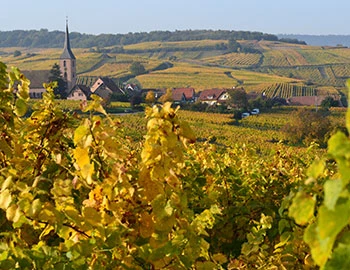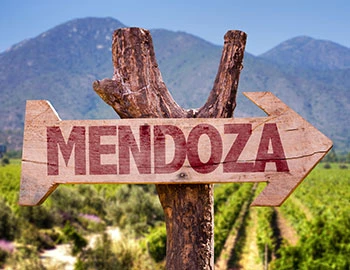Bourgogne
Burgundy: home of the crus
Burgundy and Bordeaux are France’s most prestigious wine regions. Nonetheless, they are completely distinct in character: while Bordeaux, as the land of the chateaux, enjoys an aristocratic image, Burgundy has retained its rustic agrarian structure. Burgundy stretches for over 200 kilometres, from Dijon in the north to Lyon in the south. In a highly complex jigsaw of the most diverse of terroirs, Chardonnay and Pinot Noir demonstrate the subtle ways in which they embody their sources.
Sparkling wines from Bourgogne
White wines from Bourgogne
Red wines from Bourgogne
Spirits from Bourgogne
Although astronomical prices are paid for parcels at grand cru sites, and investors worldwide (particularly from Asia) have Burgundy in their sights, life in the rural villages still continues on its usual course. Signs requesting visitors to remain on the dirt roads and not to trample through the vineyards are indicators of how valued the growths here are. This is particularly true in the Côte d’Or, the core of the region, which is composed of the Côte de Nuits in the north and the Côte de Beaune in the south. Classic Burgundy comprises 24,000 hectares; if Beaujolais, administratively a part of Burgundy, is counted, too, then the wine region is almost twice as large. The region’s most prestigious wines – the 33 grand crus and 562 premier crus –collectively represent just 15 percent of wine production here.
Continentally influenced climate
Vines are rooted here on southeast-facing slopes from 200 to 400 metres above sea level, in soils dominated by Jurassic limestone. The best sites are located on middle slopes, under an escarpment where there is a relatively thin layer of marl or loam on the limestone base. Detailed studies in the Côte de Nuits area have revealed that the character and quality of a site is primarily determined by factors such as slope gradient and proportions of stone, loam and limestone. The climate is continentally influenced, with long, dry winters and summers which tend to be short. Annual precipitation, at around 700 millimetres per year per square metre, is ideal for viticulture. Due to the finesse that both Chardonnay and Pinot Noir achieve at top sites, these two varieties have made a splash worldwide. Nonetheless, they seldom achieve a class abroad that is on par with that of their homeland.
The legacy of the monks
It was the Benedictine monks in Cluny, along with the Cistercian monks, who recognized the potential of the region for viticulture in the 10th century, already then defining prime locations. The Dukes of Burgundy who ruled in the 14th century particularly promoted the marketing of Burgundian wines.
With Chablis (which is closer to Paris than to Lyon), where Chardonnay yields admirably clean, pure and mineral white crus, and Beaujolais, the stronghold of the Gamay grape, Burgundy has two satellites that are removed from the core area, yet decisively contribute to the diversity of its wines.
